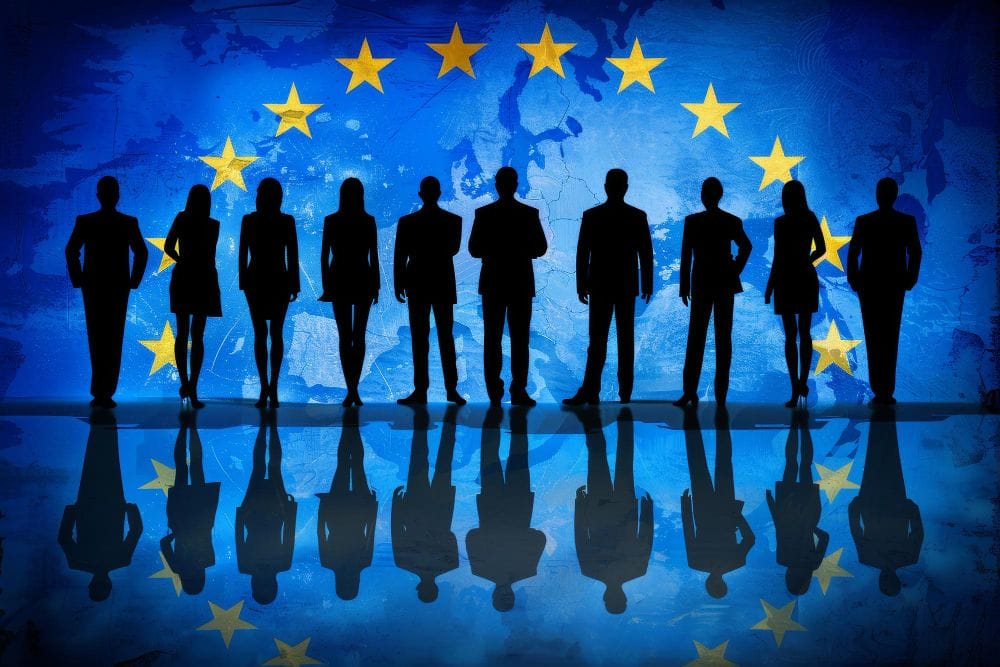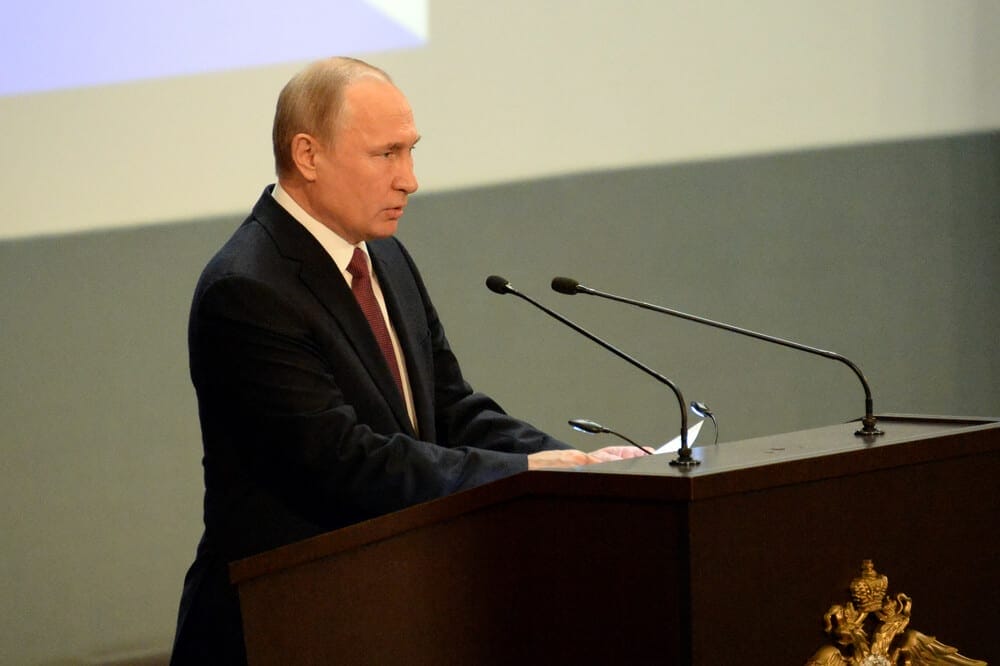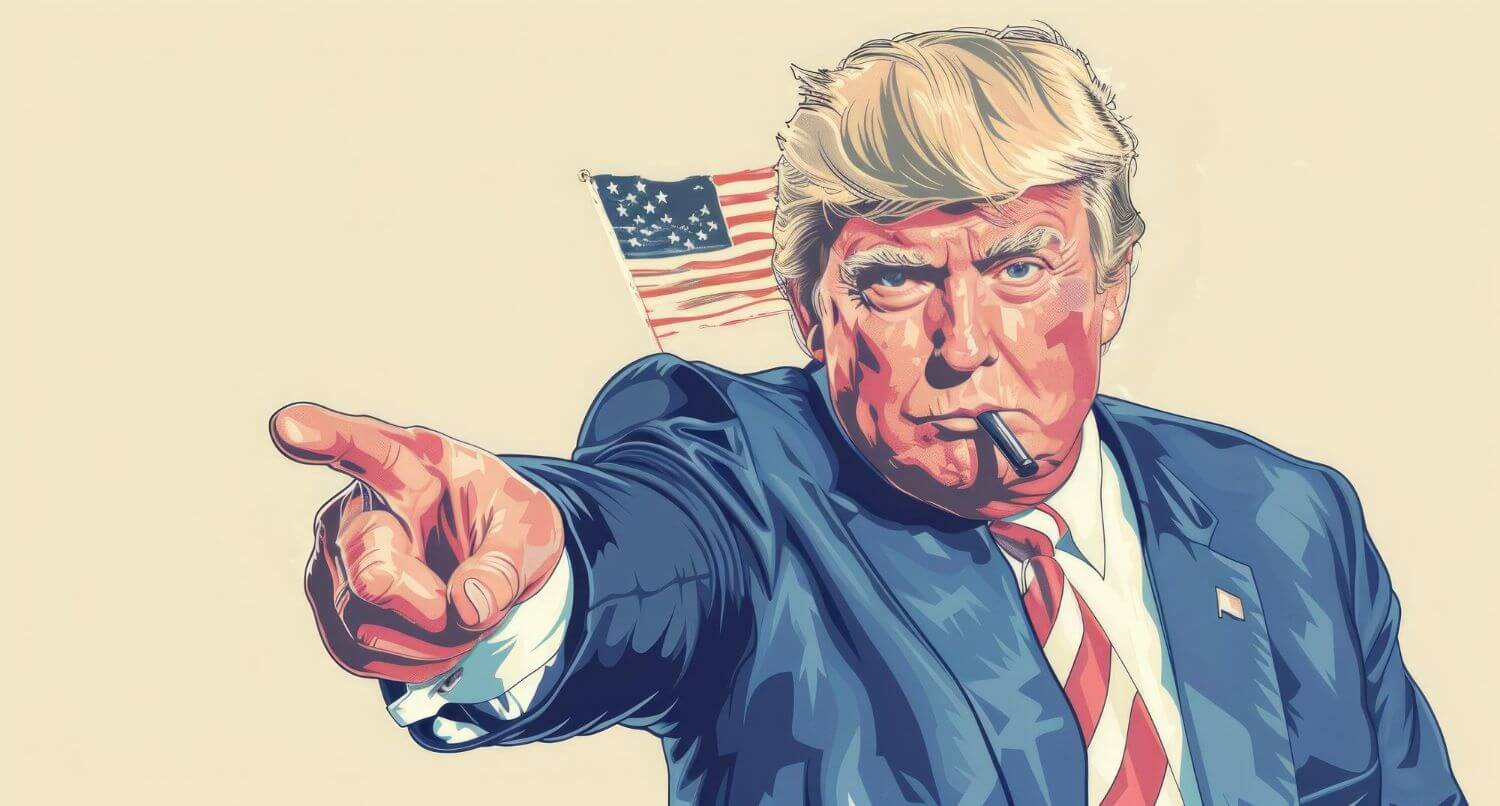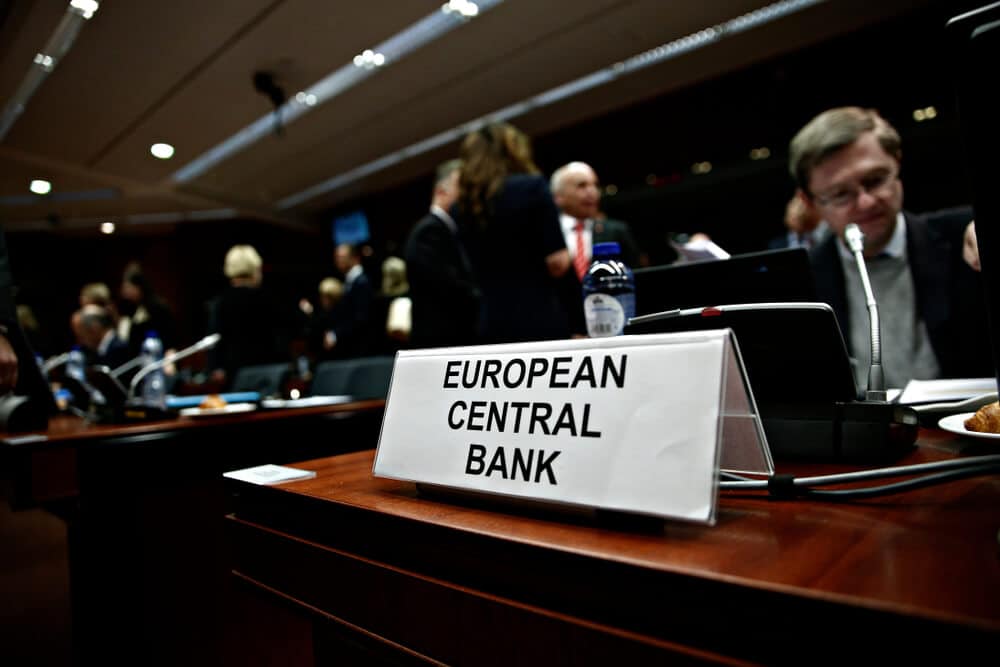The world is turning its eyes to Alaska, where two of the most influential political figures — Donald Trump and Vladimir Putin — are scheduled to meet on Friday, 15 August. This much-anticipated summit aims to address one of the most pressing global issues of our time: finding a pathway to end the ongoing war in Ukraine. The choice of location, the timing, and the political climate all add unique layers of significance to this encounter.
Why Alaska is the Chosen Stage for This Global Meeting
The meeting will take place in Anchorage, Alaska, a location rich in symbolic meaning. More than a century ago, in 1867, the United States purchased Alaska from Russia, a deal that at the time sparked mixed opinions but has since become a defining moment in US history. Alaska officially became a US state in 1959, yet its geographical closeness to Russia has always been a reminder of the unique relationship between the two nations.
Russian presidential aide Yuri Ushakov highlighted that the two countries are practically neighbors, separated only by the narrow Bering Strait. This proximity makes the venue both a symbolic and practical choice for a high-profile summit.
The leaders will gather at Joint Base Elmendorf-Richardson, Alaska’s largest military installation. The 64,000-acre base plays a key role in America’s Arctic defense strategy, adding an extra layer of importance to the location.
Interestingly, this is not the first time Alaska has served as the backdrop for significant diplomatic talks. In March 2021, it hosted tense discussions between US and Chinese officials — talks remembered for their heated exchanges. Now, it’s about to once again become the focal point of the global diplomatic stage.
The Urgency Behind the Trump–Putin Dialogue
Donald Trump has made no secret of his desire to end the war in Ukraine — and to do it quickly. As a presidential candidate, he even claimed he could resolve the conflict within 24 hours of taking office. His stance has remained consistent: the war, in his view, would never have happened if he had been in the White House at the time of Russia’s 2022 invasion.

However, attempts so far have fallen short. Over the summer, three rounds of talks between Russia and Ukraine, encouraged by Trump, failed to make any breakthrough. Frustrations grew, and Trump gave Putin a deadline: agree to a ceasefire by 8 August or face tougher US sanctions. The deadline came and went, but instead of escalating tensions, Trump announced that he and Putin would meet in person on 15 August.
The announcement followed what Trump described as “highly productive” discussions between US Special Envoy Steve Witkoff and Putin in Moscow. Yet, the White House has been careful to manage expectations. Press Secretary Karoline Leavitt emphasized that this summit is primarily a “listening exercise”, suggesting it may be more about gauging intentions than sealing a final deal.
Trump himself described it as a “feel-out meeting”, indicating his goal is to push Putin toward ending the war while keeping the door open for further diplomacy — possibly even a visit to Russia after the Alaska talks.
Where Does Ukraine Stand in All This?
Ukrainian President Volodymyr Zelensky will not be attending the Alaska summit in person. Trump has said that while Zelensky could attend, “he’s been to a lot of meetings” already. Instead, Trump plans to call Zelensky immediately after his talks with Putin.
Before the summit, there will be a virtual meeting between Trump, Zelensky, and several European leaders. This is meant to ensure Ukraine’s voice is heard ahead of any significant discussions with Moscow.
However, Putin reportedly asked for Zelensky to be excluded from the Alaska talks. While Trump had previously suggested the possibility of a three-way meeting, that idea appears to be off the table for now.
Zelensky has been firm in his stance: any decisions made without Ukraine’s direct input would be, in his words, “dead decisions”. This underlines Kyiv’s deep concern that critical agreements could be shaped without their involvement — especially if they touch on territorial compromises.
Clashing Goals and Difficult Trade-Offs
Both Russia and Ukraine publicly say they want the war to end, but what each side demands makes compromise incredibly difficult.
Trump has hinted at wanting to secure the return of some territories to Ukraine but has also acknowledged that “some swapping, changes in land” might be necessary. This idea directly clashes with Ukraine’s firm position: they will not accept Russian control over any occupied regions, including Crimea. Zelensky has repeatedly stated, “We will not reward Russia for what it has perpetrated.”
On the other side, Putin remains steadfast in his demands, which include Ukrainian neutrality and limits on the country’s military capabilities. From Russia’s perspective, NATO’s growing influence in Ukraine was one of the triggers for its full-scale invasion in 2022.
Reports suggest that US officials have been exploring a possible ceasefire arrangement that could involve territorial concessions. According to these discussions, Russia would retain Crimea and the Donbas region, while giving up control of parts of Kherson and Zaporizhzhia. Such an agreement would be deeply controversial, as it would mean formally acknowledging Russia’s control over territories seized by force.
US Vice-President JD Vance has admitted that any potential deal is unlikely to satisfy everyone. In his words, “You’ve got to make peace here… you can’t finger point.” He stressed the need for decisive leadership to push both sides toward a compromise.

What This Meeting Could Mean for the World
The Alaska summit is more than just another diplomatic meeting. It’s a test of whether two world leaders, often seen as political opposites but also as dealmakers, can find common ground on one of the most divisive conflicts in modern history.
If the talks yield progress, it could open the door for a larger peace framework involving European powers and possibly the United Nations. But if they fail, the war could continue at its current devastating pace — with even greater risks of escalation.
For Trump, success could boost his image as a global negotiator capable of achieving what others could not. For Putin, it could provide an opportunity to secure political and territorial gains while easing international pressure. For Ukraine, however, the stakes are existential, as any compromise that sacrifices sovereignty or territory could have long-lasting consequences.
Final Summary
The upcoming Trump–Putin summit in Alaska is a moment charged with symbolism, urgency, and geopolitical tension. Alaska’s historical ties to Russia, its strategic location, and its role as a US military hub make it a fitting — and highly symbolic — venue.
Both leaders claim to want peace in Ukraine, yet their visions for that peace remain sharply at odds. While Trump aims to nudge Putin toward ending the war, the possibility of territorial compromises raises serious concerns in Kyiv. The absence of Ukraine from the main talks only heightens fears that critical decisions might be made without their consent.
The outcome of this meeting could influence the direction of the war, reshape alliances, and redefine the way future peace negotiations are handled. Whether it leads to genuine progress or becomes just another diplomatic photo opportunity remains to be seen — but one thing is certain: the world will be watching every move.





